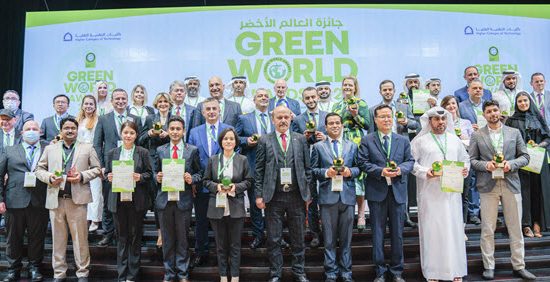
- Participants at a microfinance conference in Dubai this week.
- Sanabel
Microfinance has blossomed in recent years, helping fill a funding need for businesses too tiny and risky for traditional banks. Curiously perhaps, while microfinance has been a big hit across parts of Asia and South America, its start in the Middle East and North Africa hasn’t been as auspicious.
Microfinance institutions have existed in the Middle East since the 1990s. They quickly made strides in countries like Egypt and Morocco, where large, relatively poor populations and pent-up demand for financing fed into growth.
By the late 2000s, though, things stagnated. The number of MENA microfinance loans hardly increased between 2009 and last year, according to Mohammed Khaled, the regional microfinance director for the International Finance Corporation.
Meanwhile, most of the financing firepower has become concentrated in the hands of a few players. The top 15 microfinance institutions in the MENA region had loans worth around $1.22 billion, or 71% of the regional total, according to Mr. Khaled. They had 2.27 million borrowers, more than three-quarters of the MENA total.
This has been a meager haul for a region where microfinance was once seen as a good fit. Back when the Bangladeshi microfinance pioneer Muhammad Younus was winning the Nobel Peace Prize in 2006 and the industry was finding its feet, the sky seemed to be the limit for small-time loans to micro-entrepreneurs. There were a lot of idea-rich and cash-poor people in the Middle East.
People in the industry are now trying to understand why it hasn’t lived up to the hype. One strange thing about the stagnation in the past few years in the Middle East – active loans actually shrank in both Egypt and Morocco between 2010 and 2012, according to MIX, a company that compiles statistics about the industry – is that it’s surprisingly profitable. The Middle East yields the highest microfinance return on equity of any region in the world, at roughly 5.5%, according to MIX analyst Melina Djre.
Microfinance is often cast as a mechanism of financial inclusion: a way, in layman’s terms, to get people who deal solely in cash to open bank accounts and operate in the formal financial system. Still, today only one in five people in the Middle East and North Africa has a bank account, Johannes Majewski, an executive at a German international cooperation body, said at a microfinance conference this week in Dubai. In that sense, in addition to stagnating as an industry in the MENA region, microfinance hasn’t accomplished its financial-inclusion social goals.
“There’s still a long way to go to have complete financial inclusion in the MENA region,” Mr. Majewski said.
Microfinance executives say bad institutional structures, poor regulations and a general financial-system backwardness are hampering growth in the Middle East. But many also say the elephant in the room is politics, war and economic policy flaws that make overcoming these regulatory and institutional obstacles all but impossible. In a region still fraught with conflict since Arab Spring unrest erupted almost four years ago, it appears microfinance may have to wait a bit longer.
This entry passed through the Full-Text RSS service – if this is your content and you’re reading it on someone else’s site, please read the FAQ at fivefilters.org/content-only/faq.php#publishers.
(via WSJ Blogs)






